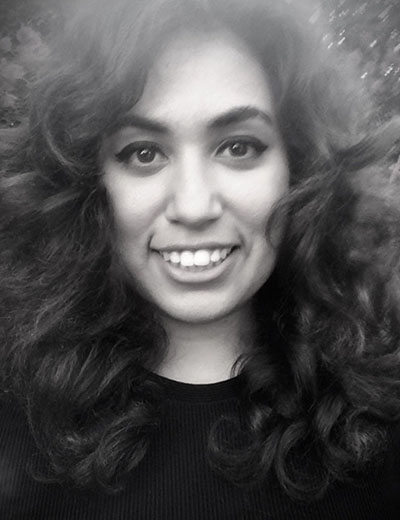Shaped by her experiences at Occidental, Dhyandra Lawson—now a curator at the Los Angeles County Museum of Art (LACMA)—brings her artistic vision to life as she plans a new exhibit.

Dhyandra highlights how a liberal arts education fostered her critical thinking skills, now integral to her work as a curator. Her exhibit “Imagining Black Diasporas: 21st Century Art and Poetics” will be on display at LACMA from December 15, 2024 through August 3, 2025.
How did your experiences at Occidental influence your career path in the art world?
Occidental exposed me to new ideas. I was already an artist and committed to pursuing a career in the arts. During my time at Oxy, I grew as a critical thinker, arguably the most important asset to my curatorial practice.
Can you share a memorable moment or professors at Occidental who played a significant role in shaping your passion for art?
There were many. I am grateful for the interdisciplinary opportunities of a liberal arts education in general. I took many courses outside my major. I still cite the books I read in the “Whiteness” and “Blackness” seminars with Professor of Critical Theory & Social Justice Glenn A. Elmer Griffin. I took a course on Western metaphysics with Associate Professor of Comparative Studies in Literature & Culture Damian Stocking. His passion was inspiring, as were the readings and classroom discussions. He combined art history, philosophy, and literature to activate each field. My art history and studio art professors let me explore. I spent countless hours in the Weingart building drawing and thinking.
During my time at Oxy, I grew as a critical thinker, arguably the most important asset to my curatorial practice.
In what ways did your journey through Occidental transform your life, and how have these transformations contributed to your current role as a curator?
Being in the studio and participating in critiques inform how I approach working with artists today. I consider it an honor when an artist invites me to their space to see and talk about their work—I feel comfortable in the studio environment because of my early experiences at Oxy.
Your current role at LACMA is Andy Song Assistant Curator, Contemporary Art. How long have you been in the role and what does this position entail?
I joined LACMA’s contemporary art department as a curator a year ago. Prior to that, I was a curator of photography at LACMA. Curator derives from the Latin “cura” for “caretaker.” Fundamentally, I am responsible for taking care of the museum’s collection. I am also responsible for growing the collection—as a contemporary curator, I meet with artists regularly and fundraise to purchase new artworks for the museum. I am also responsible for organizing exhibitions and publishing content.
Could you provide some insights into the theme and concept of your upcoming exhibition, Imagining Black Diasporas: 21st Century Art and Poetics at LACMA?
"Imagining Black Diasporas: 21st Century Art and Poetics" draws aesthetic connections among the work of sixty Black artists based in Africa, the Caribbean, Europe, North America and South America. The exhibition examines what diaspora means today and is among the first to consider the last two decades of production by Black artists. The project seeks to address an urgent need in visual arts scholarship for analyses that emphasize the aesthetic impact of Black artists’ work. Imagining Black Diasporas emphasizes Black artists’ historically sidelined insights about existence.
The project seeks to address an urgent need in visual arts scholarship for analyses that emphasize the aesthetic impact of Black artists’ work.
Can you share the sources of inspiration that influenced your decisions? Were there any specific artists or ideas that played a role in the vision of the exhibition?
The exhibition came about because I noticed a lacuna in LACMA’s holdings of contemporary art by Black artists working outside the United States. As the largest encyclopedic museum in the Western United States, that bothered me. I inventoried the museum’s collection to assess what it had. Then, during graduate school, I embarked on deeper research. I added one third of the artworks in the exhibition to the museum’s collection.
If you were to give current Occidental students professional advice, what would you say?
Relish this time as a student. Dwell in your readings. Enjoy this time to think and write. Four years pass quickly. If you know what you want to do after Oxy, pursue it passionately. Do not be discouraged if you don’t get the “ideal” job or opportunity you desire. Keep at it. I worked in several positions at LACMA before I became a curator. If you are unsure about your next step, allow yourself the time to explore and try different things. Don’t be intimidated by your dreams.
